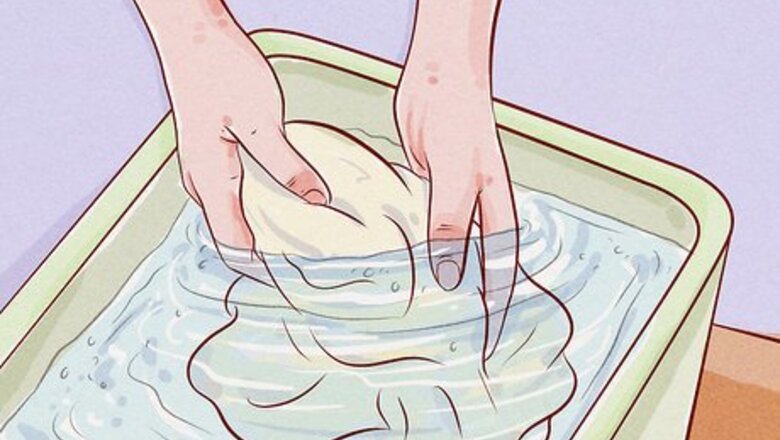
views
Preparing Your Cashmere for Dyeing
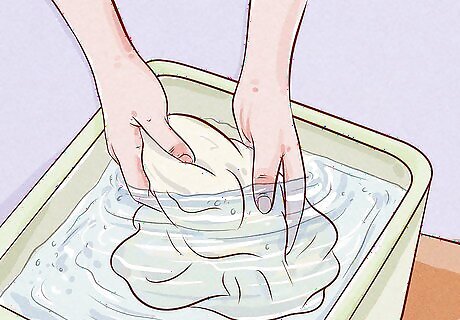
Wash the cashmere item in soapy water. To remove dirt or stains, hand wash the cashmere in cold water (ideally using baby shampoo), or as per the manufacturers’ instructions. An unclean garment could prevent the dye from spreading evenly, so it is important to clean your fabric before dyeing. To find the manufacturers’ instructions, look for a care tag or label on the inside of your cashmere item. Do not dry the cashmere after washing: for dyeing, it is best if the garment is already damp.
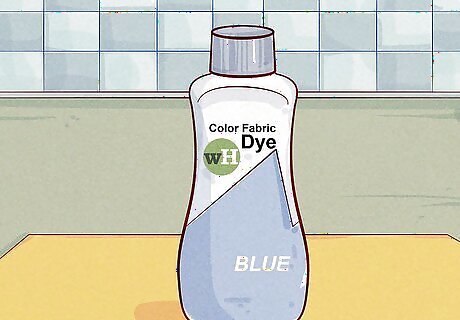
Choose your desired color fabric dye. Some fabric dye colors, such as blue and green, will be darker and stronger on cashmere than lighter dyes. Think about the current color of your cashmere and how it will affect the final shade. For instance, if you dye a blue garment with red dye, then the result will probably be purple. In some cases, you will need to choose two different dyes to result in the color you desire. If you have a blue cashmere that you want dyed brown, for example, you will need to combine red and yellow dyes. If you wish to color your cashmere a lighter color than it currently is, you will need to use a commercial color remover before you dye it. Read the color remover's instructions to ensure the remover is safe to be used on cashmere, as cashmere is a sensitive wool.

Buy your chosen fabric dye from a craft or general store. Fabric dye can be purchased online, from specialized craft and art stores, and from some general and supermarket stores. If you are particularly creative, you can also dye your cashmere with homemade natural dyes, such as spinach or beetroot. Commercial dye brands you could choose include RIT dye, DYLON dye and Procion MX dyes.
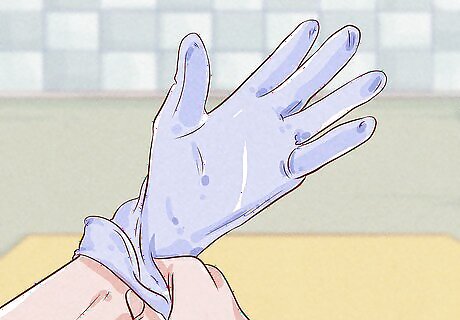
Wear rubber gloves and old clothes. Before you start dissolving the dye, put on rubber or disposable gloves. Fabric dye can stain your skin and cause irritation, so it is important to wear skin protection while preparing the bath and dyeing your cashmere.
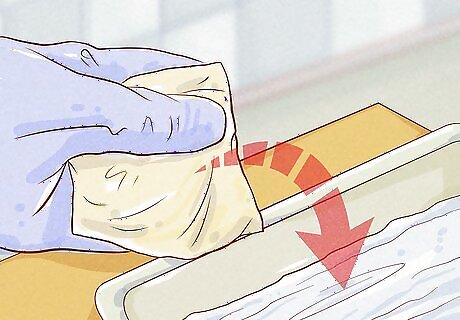
Conduct a fabric dye test before dyeing your cashmere. If possible, test your dye (or color remover) on a small piece of cashmere to see what the effect of the dye will be. You can do this by cutting a tiny piece of cashmere from an inner seam, then dyeing it in a small dish filled with cold water and dissolved dye. Let the dye soak into the sample for at least 30 minutes, as this will be roughly the amount of time you will use to dye your cashmere item.
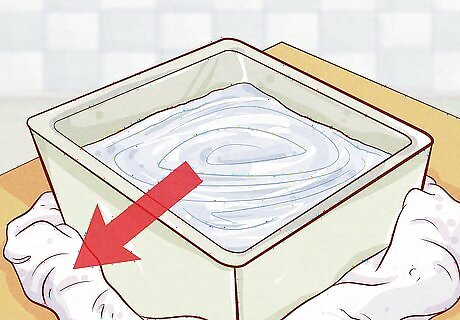
Protect the surrounding area by placing an old towel or tarpaulin beneath your work area. Dye can spread and stain quickly, so it is important to protect anything in the vicinity of your container (or sink) that you do not want to be dyed.
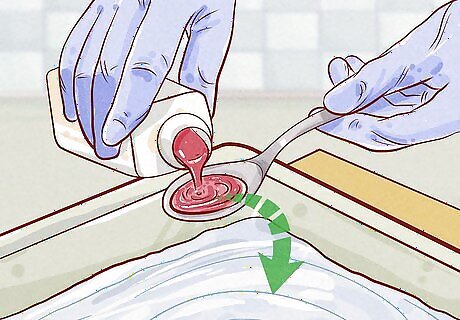
Prepare the dye bath by dissolving the dye in your chosen container. Choose a sink or container large enough to fit your cashmere item. Read the dye's instructions to understand the ratio of dye to water you will need (this will depend on how large your container or sink is and the weight of the cashmere you are dyeing). As a general measurement for a 1 pound cashmere item, use 2 tablespoons of dye per every 3 gallons of water, but double this amount if you are wanting a darker color. Dissolve the required amount of dye in lukewarm or cold water to create your dye immersion bath. Remember to check the cashmere’s care label to know how warm the water should be, as most cashmere garments are sensitive to warm temperatures. If possible, cold water dyeing is best for cashmere. If you are using a powdered dye, dissolve the dye in 2 cups of hot water before adding it to your dye bath. Make sure the dye is 100 percent dissolved before you move on to adding the cashmere.
Dyeing Your Cashmere
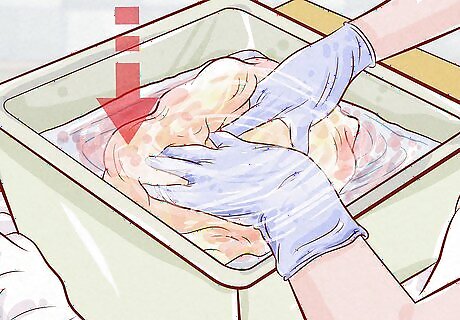
Immerse your cashmere in the dye bath. Lower your cashmere item into the dye bath, ensuring that the cashmere is completely covered in the water, but is still able to move freely.
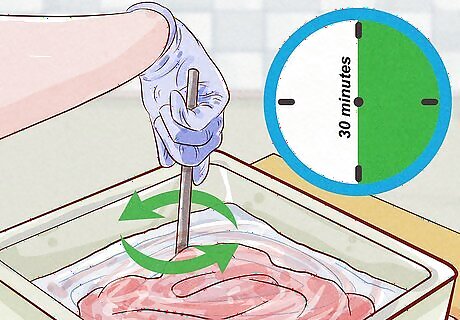
Stir the dye bath for 30 minutes with a long-handled spoon. Stir your cashmere while it soaks in the dye bath, for at least 30 minutes. The gentle stirring agitation of the water allows the dye to infuse the cashmere evenly. It is important to keep the fabric moving, so use a long spoon to keep stirring and redistributing the water. When stirring the fabric, be careful not to twist or wring it. Cashmere is pliable when wet and it can be pulled out of shape if twisted.
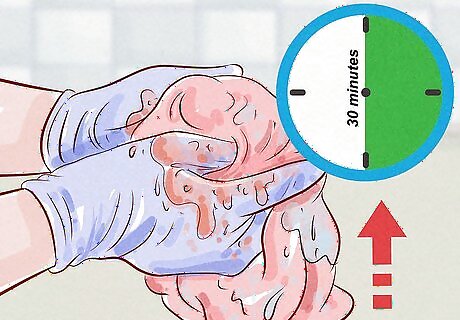
Check the color after 30 minutes. Remove the cashmere item by gently lifting the item out of the container, taking care not to drip the color anywhere outside of the container or tarpaulin. If the dye seems too light, lower the cashmere back into the dye and check it every 5 minutes until the cashmere turns your desired color. To lift your cashmere, lump it into a ball and move it upwards. Try not to pick the garment up by the shoulders, as this will cause stretching. Remember that wet cashmere looks darker than it does when dried.

Rinse the cashmere in cold water until the water runs clear. If you are using a sink, drain the dye bath water and refill the sink with fresh water in order to rinse the cashmere clean. If you have been using warm or lukewarm water to dye your cashmere, continue to use the same temperature water to rinse the item. If you suddenly change the temperature, the cashmere may shrink.
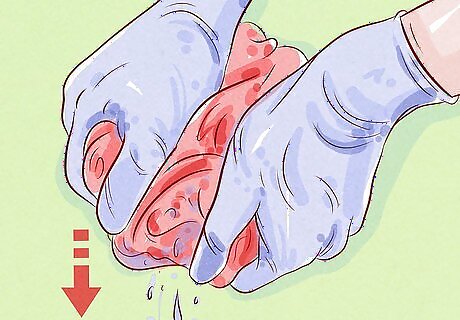
Squeeze the water out of the cashmere. Being careful not to twist or wring the cashmere, remove as much water as possible. It may help to dry the cashmere with an old dark towel: using the towel to absorb the excess water, roll the cashmere and towel together while pressing down gently. .
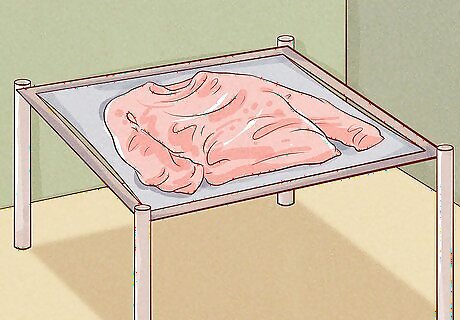
Dry the cashmere by lying it on a flat, clean surface. Lie the cashmere on a moisture-resistant surface, such as a drying rack. This will allow the air to circulate. Let the cashmere dry at room temperature, avoiding heat and sunlight.
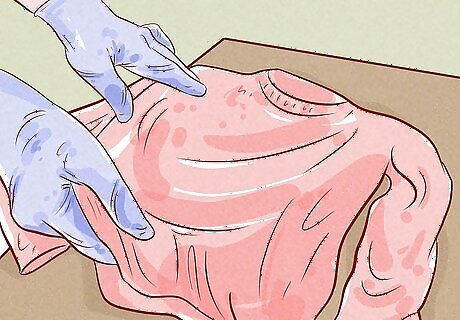
Shape the cashmere back to its original size. Gently coax the cashmere item back into its original shape, being careful not to stretch the fabric. By lying the damp cashmere on a flat surface, you can square the edges of the fabric, fasten buttons, fold the collar, and ensure that the ribbing at the neckline, wrists and waist are pushed together. Try to avoid tugging or pulling the cashmere by patting the wool back into shape. If the cashmere item has an attached belt, place the belt away from the cashmere on each side. For removable belts, dry the belt separately.
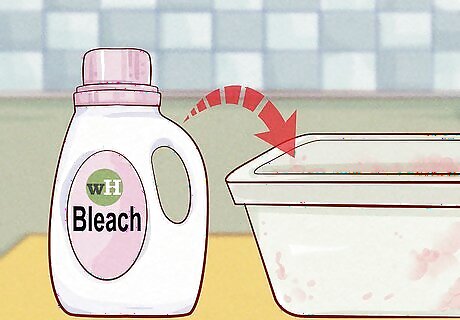
Use bleach or cleaning products to remove the dye from the container. To clean your sink or container, use bleach or an appropriate household cleaning spray to remove the dye remnants. This will ensure that you do not accidentally dye the next item you clean in the sink. When using chemical cleaning items, ensure you wear gloves.
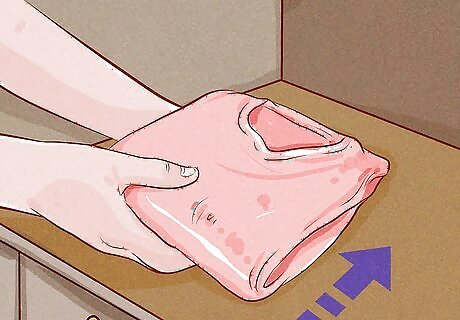
Store your dried dyed cashmere after 24 hours. Once the cashmere is fully dried, you can store the item by gently folding it and storing it in a dry, dark place. If you do not plan to wear or use your cashmere for an extended time, place the cashmere inside a dust bag or sealable container to protect it from moths.




















Comments
0 comment